CHICKEN BREEDS
General Information
India has made considerable progress in broiler production in the last two decades. High quality chicks, equipments, vaccines and medicines are available. With an annual output of 41.06 billion eggs and 1000 million broilers, India ranks fourth largest producer of eggs and fifth largest producer of poultry broiler in the world. The broiler production has also sky rocketed at an annual growth rate of about 15 percent at present. Broiler farming has been given considerable importance in the national policy and has a good scope for further development in the years to come.
Advantages of Chicken farming
-
Initial investment is a little lower than layer farming.
-
Rearing period is 6-7 weeks only.
-
More number of flocks can be taken in the same shed.
-
Broilers have high feed conversion efficiency i.e. least amount of feed is required for unit body weight gain in comparison to other livestock.
-
Faster return from the investment.
-
Demand for poultry meat is more compared to sheep/Goat meat.
Classification of Breeds of Poultry
Americal Class
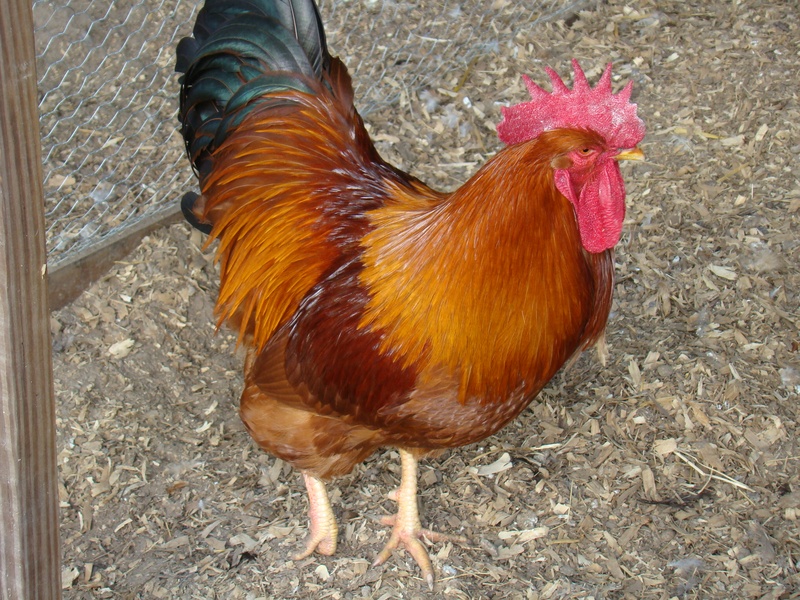 |
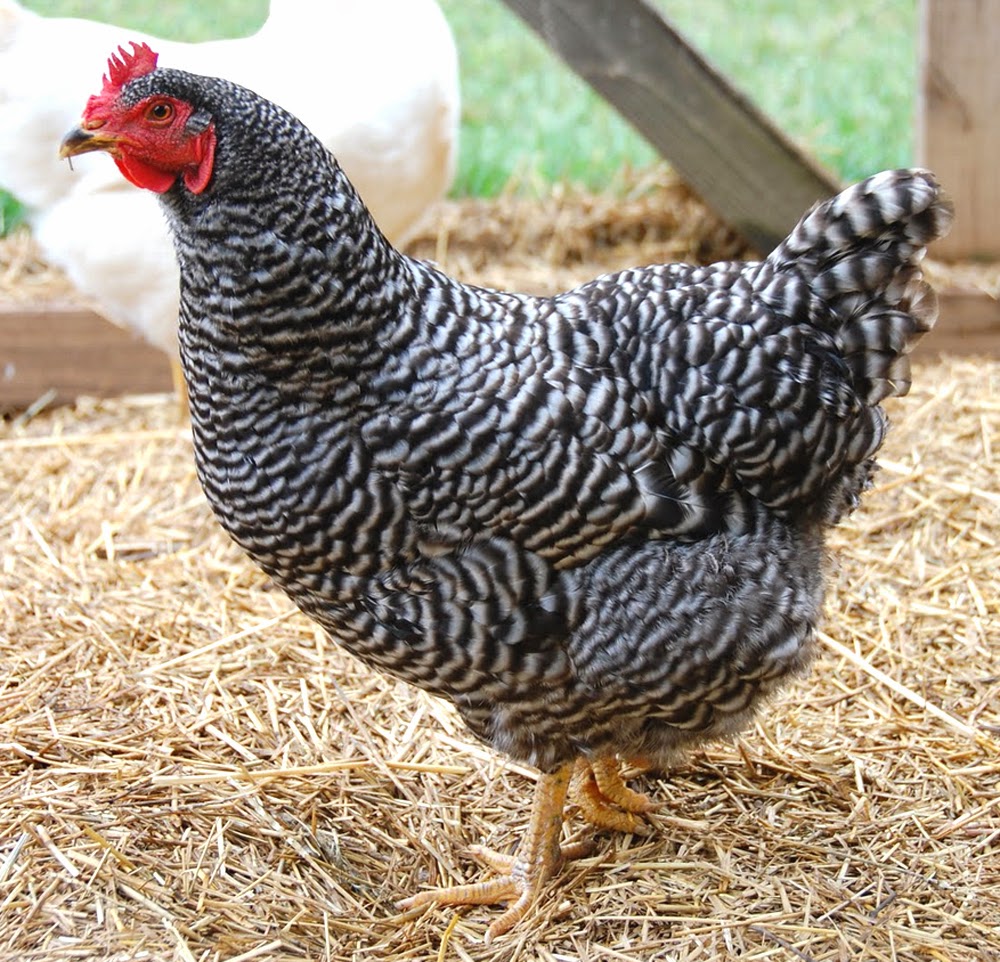 |
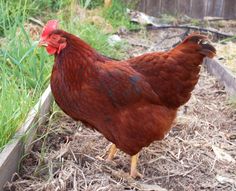 |
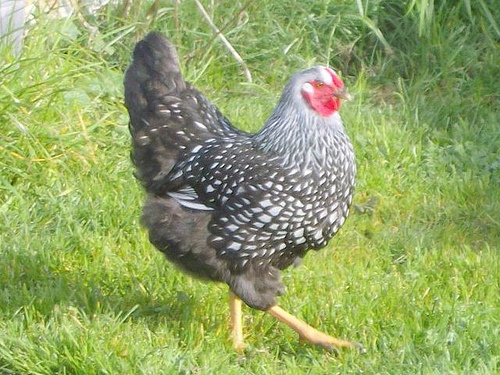 |
| New Hampshire |
White Plymouth Rock |
Rhode Island Red |
Wyandote II |
Mediterranean Class
They are light bodied and well developed for high egg production.
English Class
 |
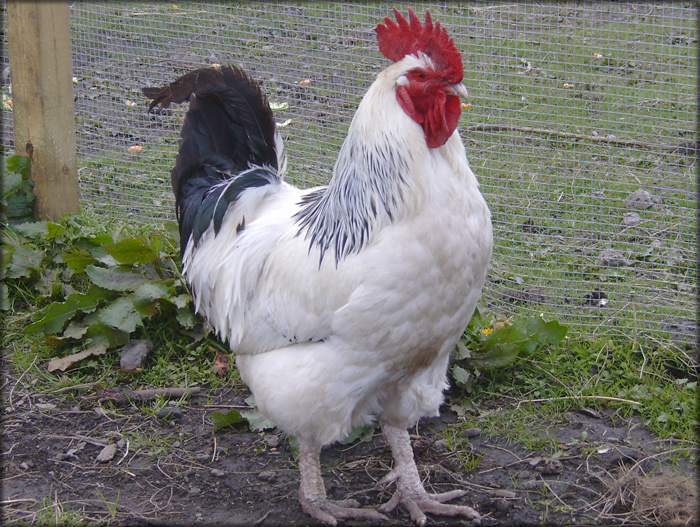 |
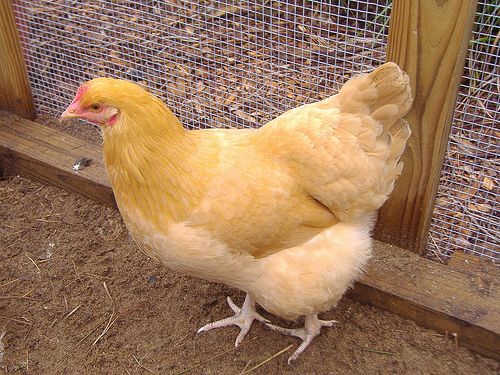 |
| Australorp |
Sussex |
Orphington |
They are mostly utility breeds noted for their excellent flushing properties.
Asiatic Class
They are large bodied with heavy bones feathered shanks and poor layers.
Indian breeds
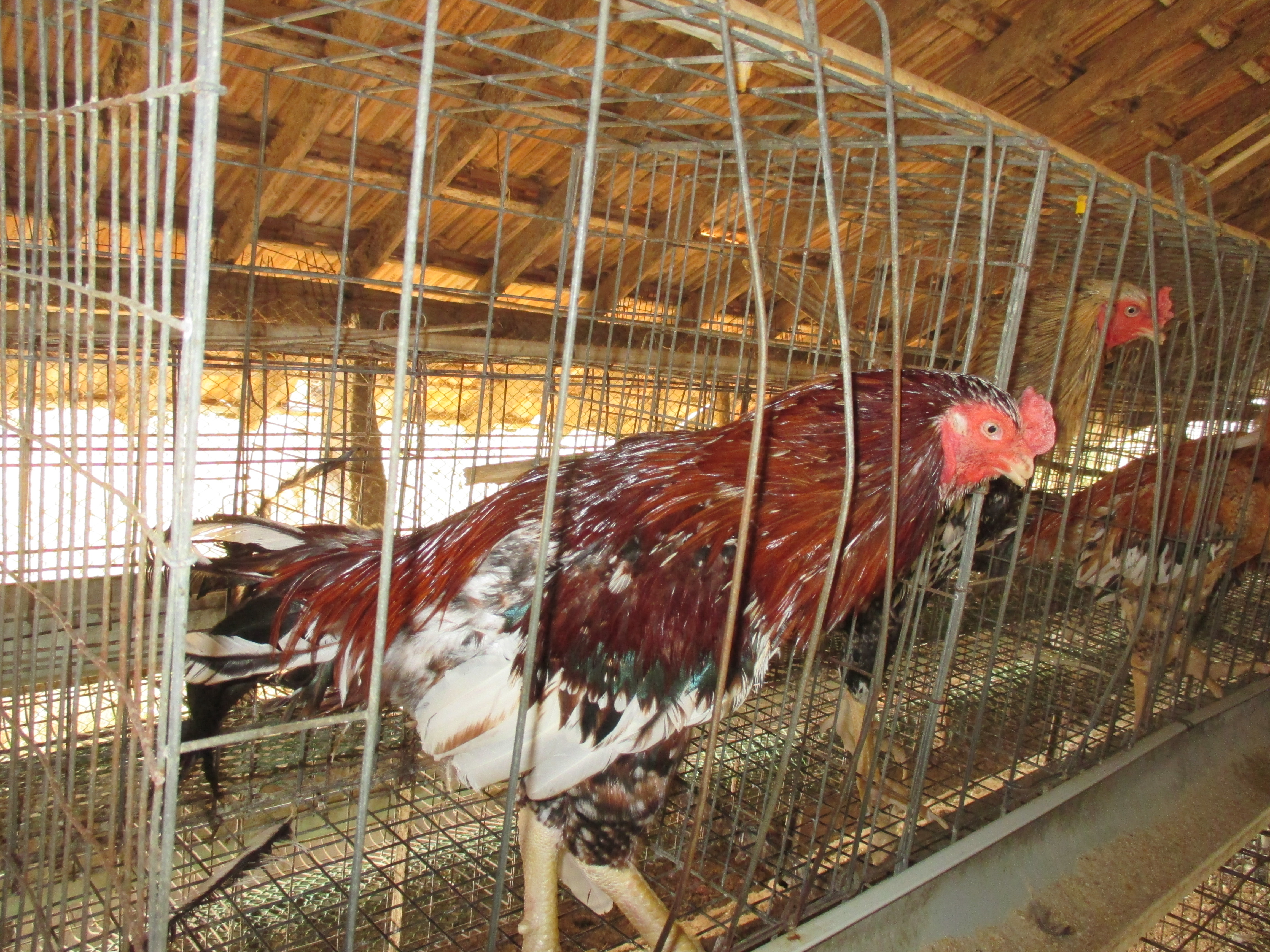 |
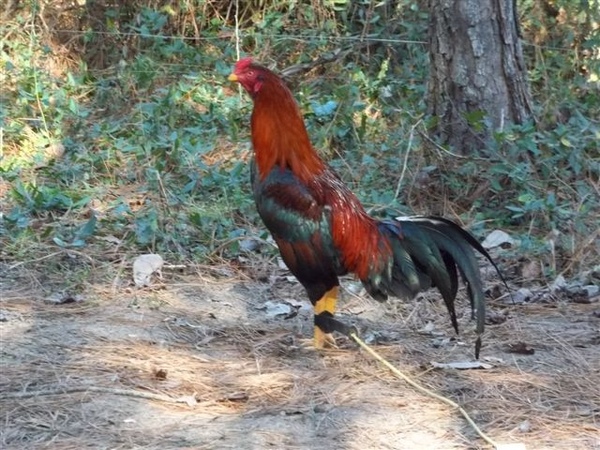 |
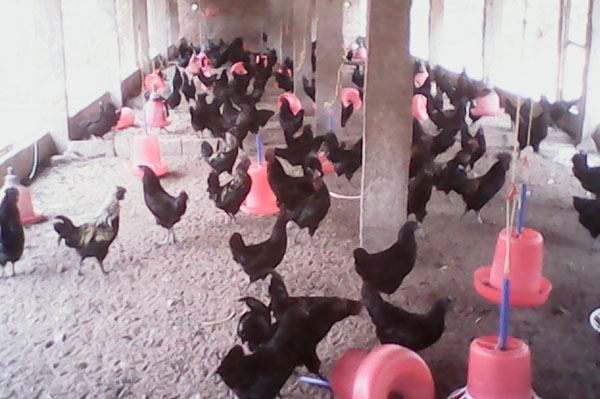 |
| Asil (Fighting purpose) |
Kadacknath (Resh is black in colour) Bursa |
Commercial Broiler strains
Eg. Cobb, Hubbard, Lohman, Anak 2000, Avian -34, Starbra, Sam rat etc.,
Commercial Layer Strains
Eg.BV-300, Bowans, Hyline, H & N nick, Dekalb Lohman etc.
Broiler: Broiler are young chicken of either sex, which are reared primarily for
meat purposes and marketed at an age of 6-8 weeks
Grower: The management of birds during 9-20 weeks or to the point of laying is
referred to as grower period.
Layer: The management of birds during 21-72 weeks of age for the purpose of laying eggs (egg production).
(Source: Dr.Paul Pricely Rajkumar, AC&RI, Madurai )
Breeds of Chicken
Chickens are grown for their egg and meat. Likewise they are classified as egg-type chicken and meat-types chickens. Egg type chickens are composed of stock that has been developed for egg production and are maintained for the principal purpose of producing chicks for the ultimate production of eggs for human consumption. Breeds of meat type chickens primarily include broilers, fryers, roasters, and other meat type chickens. Here broilers and other chickens are raised for their meat. Broilers are genetically selected for fast growth and raised for meat rather than eggs e.g. White Synthetic Male line (WSML), white synthetic dam line (SDL), coloured synthetic male line (CSML), coloured synthetic female line (CSFL), introgression of frizzle gene etc.
Native breeds of egg type chicken in India
Breed |
Body weight
(20 weeks) |
Age at sexual maturity (days) |
Annual egg production (No.) |
Egg weight at 40 weeks (g) |
Fertility |
Hatchability FES (5) |
| Aseel |
1220 |
196 |
92 |
50 |
66 |
63 |
| Frizzle |
1005 |
185 |
110 |
53 |
61 |
71 |
| Kadaknath |
920 |
180 |
105 |
49 |
55 |
52 |
| Naked neck |
1005 |
201 |
99 |
54 |
66 |
71 |
(Source: Central Avian Research Institute)
Indigenous Breeds
The common control hen, the desi, is as a rule the best mother for hatching. She is a good forager. Some of the Indian flows resemble the Leghorn in size and shape, but have poor laying qualities. They are Found in various colours. one variety found in India resembles the sussex or Plymouth Rock in shape but is smaller. These birds lay family well and are more common in the eastern parts of the country.
The Indian birds are mostly non-descripts, and are of very little value as layers. They have several local breed names such as Tenis, Naked Neck, Punjab, Brown, Ghagus, Lolab, Kashmir Faberella, Tilri, Busra, Telllicherry, Danki, Nicorai and Kalahasti. There are only 4 pure breeds Karaknath and the Busra. The last occurs in western India. A large number of flows of different size, shapes and colours, and for the most part resembling the jungle fowls, are found all over India. They vary in appearance according to the locality in which they have been bred. These with Chittagong, Aseel, Langshan or Brahma blood in them are bigger in size and better in meat quality than the common flows.
Asil
Asil is noted for its pugnacity, high stamina, majestic gait and dogged fighting qualities. The best specimens of the breed, although rare, and encountered in parts of Andhra Pradesh, Uttar Pradesh and Rsjasthan. The most popular varieties are peela (golden red), yarkin (black and red), Nurie 89(white), kagar (black), chitta (black and white silver), Teekar (brown) and Reza (light red). Although poor in productivity, the birds of this breed are well-known for their meat qualities. Broodiness in most common and the hen is a good sitter and efficient mother. They possess pea combs which are small but firmly set on head. Wattles and ear lobes are bright red, and the beak is hart. The face is long and slender, and not covered with feather. The eyes are compact, well set and present bold looks. The neck is long, uniformly thick but no fleshy. The body is round and short with broad breast straight back and close - set strong tail root. The general feathering is close, scanty and almost absent on the Brest. The plumage has practically no fluff and the feathers are tough. The tail is small and drooping. The legs are strong, straight, and set well apart. Standard weight (kg): Cocks, 4 to 5; hen 3 to 4; cockerrels, 3.5 to 4.5; pullets, 2.5 to 3.5.
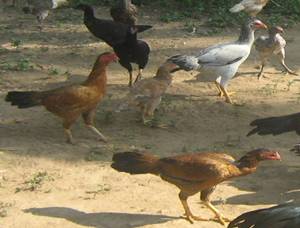
Asil
Karaknath
The original name of the breed seems to be Kalamasi, meaning a fowl with black flesh. However, it is popularly known as Karaknath. The eggs are light brown. The day-old chicks are bluish to black with irregular dark stripes over the the back. The adult plumage varies from silver and gold-spangled to bluish-black without any spangling. The skin, beak, shanks, toes and soles of feet are slatelike in colour.The comb, wattles and tongue are purple. Most of the internal organs show intense black colouration which is pronounced in trachea, thoracic and abdominal air-sacs, gonads and at the base of the heart and mesentery. Varying degrees of block colouration are also seen in the skeletal muscles, tendons, nerves, meninges, brain etc. The blood is darker than normal blood. The black pigment has been due to deposition of melanin, The flesh although repulsive to look at, is delicious. A medium layer, lays about 80 eggs per year. The bird is resistant to diseases in its natural habitat in free range but is more susceptible to Mareks disease under intensive rearing conditions.
(Source: Dr.Acharya, Handbook of Animal Husbandry)

Kadaknath |
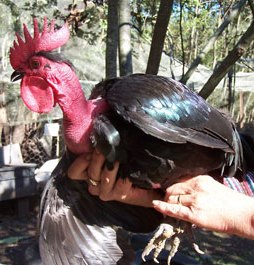
Naked neck
( Photo source: KVK Namakkal ) |
Other commercial breeds of broiler chicken in India
Breed |
First egg |
50% Production |
Peak production |
Livability |
Egg production peak |
Feed efficiency |
Egg weight |
Net egg
production (72 weeks) |
| ILI-80 |
17-18 weeks |
150 days |
26-28 weeks |
Grower (96%)
Layer (94%) |
92% |
2.1 |
54 g |
280 eggs |
| Golden-92 |
18-19 weeks |
155 days |
27-29 weeks |
Grower (96%)
Layer (94%) |
90% |
2.2 |
54 g |
265 eggs |
| Priya |
17-18 weeks |
150 days |
26-28 weeks |
Grower (96%)
Layer (94%) |
92% |
2.1 |
57 g |
290 eggs |
| Sonali |
18-19 weeks |
155 days |
27-29 weeks |
Grower (96%)
Layer (94%) |
90% |
2.2 |
54 g |
275 eggs |
| Devendra |
18-19 weeks |
155 days |
27-29 weeks |
Grower (97%)
Layer (94%) |
90% |
2.5 |
50 g |
200 eggs |
(Source: Central Avian Research Institute)
Commercial available meat-type chicken in India
| Breed |
Weight at six
weeks (g) |
Weight at
seven weeks
(g) |
Food conversion ratio |
Livability
(%) |
B-77 |
1300 |
1600 |
2.3 |
98-99 |
CARIBRO-91 |
1650 |
2100 |
1.94-2.2 |
97-98 |
CARIBRO Multicoloured |
1600 |
2000 |
1.9-2.1 |
97-98 |
CARIBRO Naked necked |
1650 |
2000 |
1.9-2.0 |
97-98 |
Varna |
1500 |
1800 |
2.1-2.25 |
97 |
(Source: www.vuatkerala.org )
|